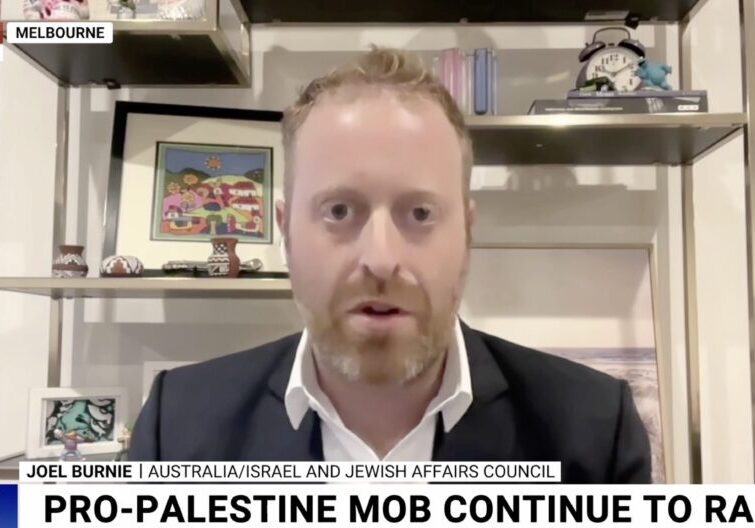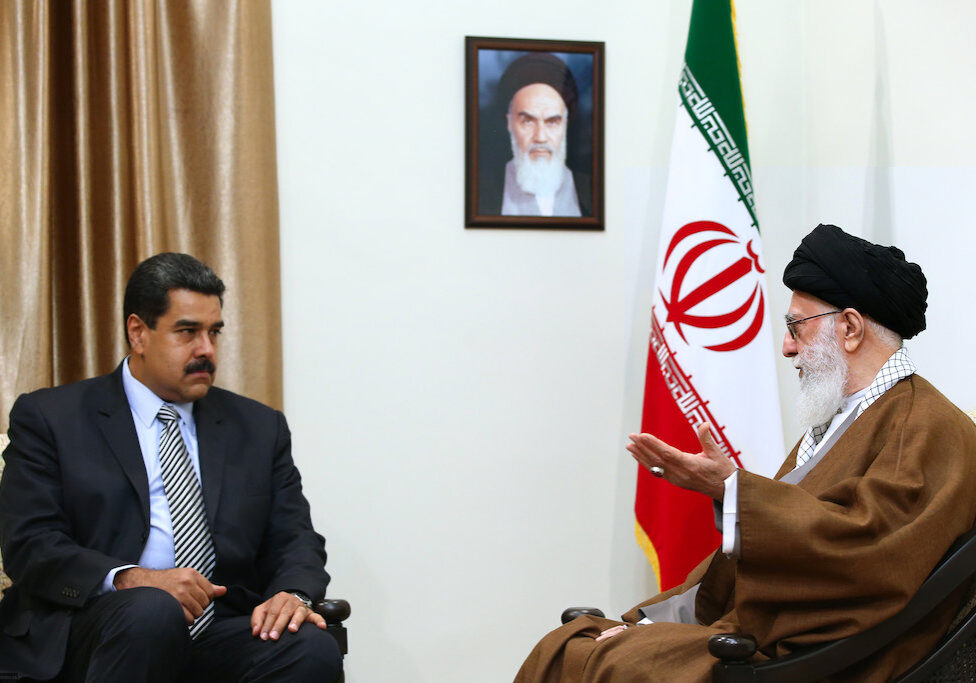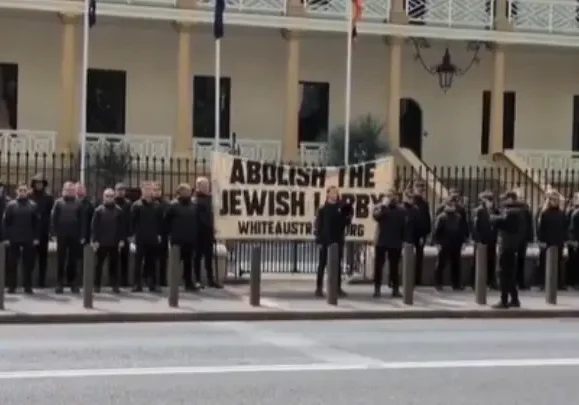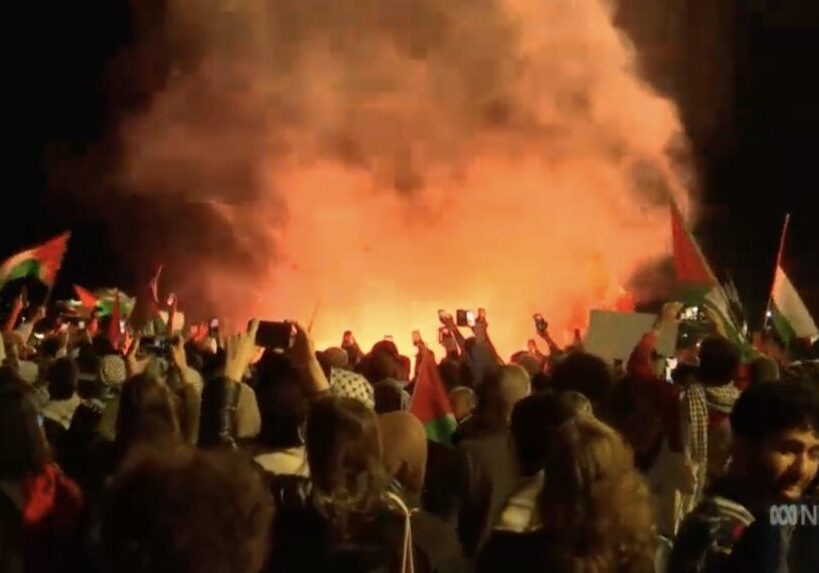Australia/Israel Review
Cinefile: Terror after terror
Sep 19, 2025 | Jamie Hyams
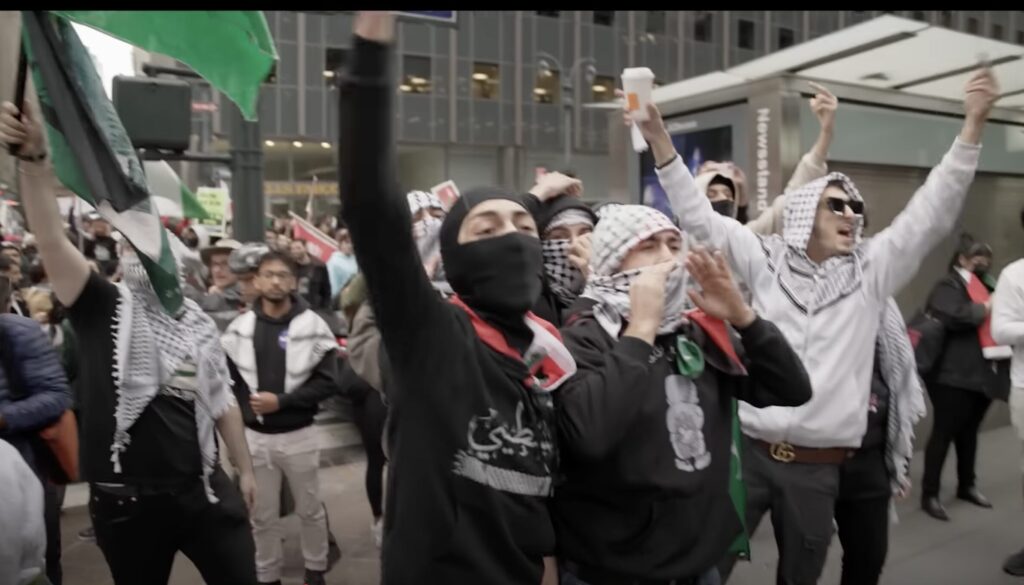
What October 7 unleashed
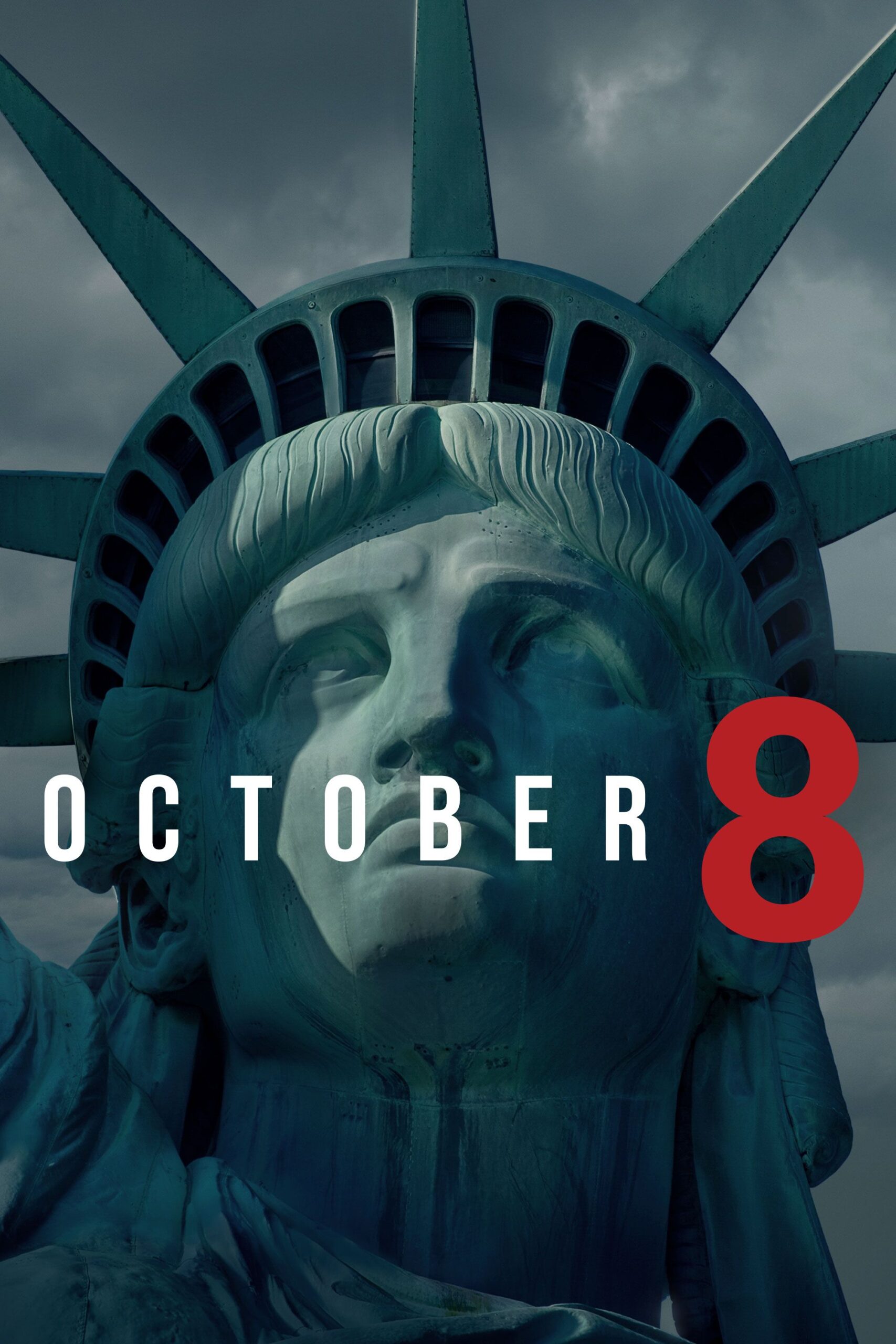 October 8
October 8
Directed and co-written by Wendy Sachs
Briarcliff Entertainment, Australian release June 2025, 1:40 min
While Jewish communities across the world were still struggling to comprehend what had happened on October 7, 2023, they were confronted with a new shock – a huge and sudden upsurge in antisemitism. An increase in antisemitism wasn’t shocking of itself. It had been an established pattern – whenever Israel has been forced to fight a war, antisemitism has increased.
What was shocking, however, was the virulence of the antisemitism, and the speed of its onset. It began the very day after the atrocities, on October 8, hence the name of this worthy and sobering documentary.
The movie, completed in October last year, is obviously a passion project for US writer and director Wendy Sachs, who directed and co-wrote it, and was one of several executive producers.
Its focus is on events in the US, but had it been made here in Australia, it would not have been terribly different. On October 8, in Sydney, we had a crowd led by a hate preacher celebrating the worst attack on Jews since the Holocaust. Similar celebrations of murder were seen in New York’s Times Square the same day.
In Australia on October 9, we had those notorious scenes at the Sydney Opera House, lit up in the colours of the Israeli flag to show solidarity with Israel and the local Jewish community, yet too dangerous for the Jewish community to go near due to violent protesters chanting “F..k the Jews” and, on the most charitable interpretation, “Where’s the Jews?” And all this before Israel even had a chance to commence its military campaign to prevent Hamas ever repeating the October 7 atrocities.
Viewers should be warned that the documentary begins with brief but harrowing footage of the October 7 attacks and their aftermath, and emotional accounts from survivors and victims’ family members.
It then proceeds methodically through the various manifestations of the antisemitism epidemic in the US, with testimony and explanations from various activists, victims and experts, many of whom will be familiar to AIR readers, including Jonathan Schanzer, Asaf Romirowsky, Dan Senor, Einat Wilf, Jonathan Greenblatt, Noa Tishby, Bari Weiss, Douglas Murray, Michal Cotler-Wunsh, Hen Mazzig, Hillel Neuer, Emily Schrader, Deborah Lipstadt, Democrat Congressman Ritchie Torres and actors Debra Messing and Michael Rapaport.
We see that, on October 8, 31 student groups at Harvard put out a joint statement saying they “hold the Israeli regime entirely responsible for all unfolding violence.” Rabbi David Wolpe, a visiting scholar, explains that Harvard set the tone and started an “unfathomable chain reaction”. The movie regularly returns to the events on university campuses, where, like in Australia, Jewish students were made to feel unsafe and unwelcome; where matters deteriorated further once encampments were established, where student bodies passed virulently anti-Israel motions including calling for boycotts and sanctions, and where administrators were hesitant to act.
Just as in Australia, anti-Israel activists on campus and elsewhere are no longer content with calling for an end to the “occupation”. They brazenly demand Israel cease to exist, denying the Jewish right to self-determination in the Jewish homeland.
We follow the story of Tessa Veksler, who had been elected student body President at the University of California Santa Barbara, with her Zionism well known, but became vilified, was forced to take her exams online (an option also offered to students in Australia) and narrowly avoided a recall motion.
Schanzer explains how Students for Justice in Palestine, which organised the antisemitic activity on the campuses across the US, started when 25 Hamas activists met in 1993 in the US to plot how to make what Hamas was doing seem palatable. Romirowsky notes that it still receives funding from Hamas today.
The film explains how pro-Palestinian activists in the US have used liberal dogma to advance their cause, with Romirowsky stating, “The Palestinian narrative, through the narrative of intersectionality, has hijacked every underdog cause in the world.”
It also detours through the bias of the press and NGOs, especially those regarded as human rights organisations, and how these feed into the anti-Israel narrative. We hear revelations from former Human Rights Watch (HRW) senior editor Danielle Haas about the pernicious way that organisation conducts itself with regard to Israel. She observes that people consider HRW as reputable, but says that’s “an incredibly dangerous assumption to make.”
We see many examples of the disturbing levels of hatred. In the US, as in Australia and internationally, posters of the hostages were frequently torn down. Congressman Ritchie Torres explains that every time he says anything supportive of Israel or Jews on social media, the response is an “endless stream of antisemitic, homophobic, racist hate,” including death threats. It’s the only issue on which he faces such harassment.
It also looks at the role played by social media. Oren Segal from the Anti-Defamation League explains that threats against Jews increased 400%, and October 7 iconography such as inverted red triangles (which signal Israeli targets in Hamas combat videos and have since become symbols of supporting Hamas) and paragliders (used by Hamas on October 7 to invade Israel) was widely adopted. He notes that the algorithms on TikTok, which for many or most under 25s has taken the place of news, mean users see 54 anti-Israel videos for every pro-Israel one.
He also explains that Russia, China, Iran and North Korea seed social media with incitement and false posts, leading to violence against Jews. Jews make up 2.4% of the US population, but suffer 55% of religiously motivated hate crimes. This brings to mind the recent revelations that Iran has been funding and organising antisemitic attacks in Melbourne and Sydney. I’m also reminded of the fact that, in the immediate aftermath of the June 2025 Iran-Israel ‘Twelve Day War’, 80 seemingly grassroots social media sites in Scotland that had been pumping out anti-Israel, anti-US and pro-Independence material suddenly went dead. They were part of an IRGC disinformation campaign.
The film sets out the lack of support from Hollywood, with Debra Messing and Michael Rapaport bemoaning the lack of sympathy for the hostages. However, I would have liked to have known if Jewish people in the creative areas were ostracised and excluded in the US, as they were in Australia. I guess there’s only so much that can fit into a 100-minute running time.
The movie tries to end on an optimistic note, with various talking heads saying Jews are strong, do have partners and should have hope. However, I found it profoundly depressing. It’s a movie you won’t enjoy, but it’s well-made, engrossing and informative, and one you should definitely watch.
“October 8” is available to stream on Amazon for A$5.99
Tags: Antisemitism, October 7
RELATED ARTICLES
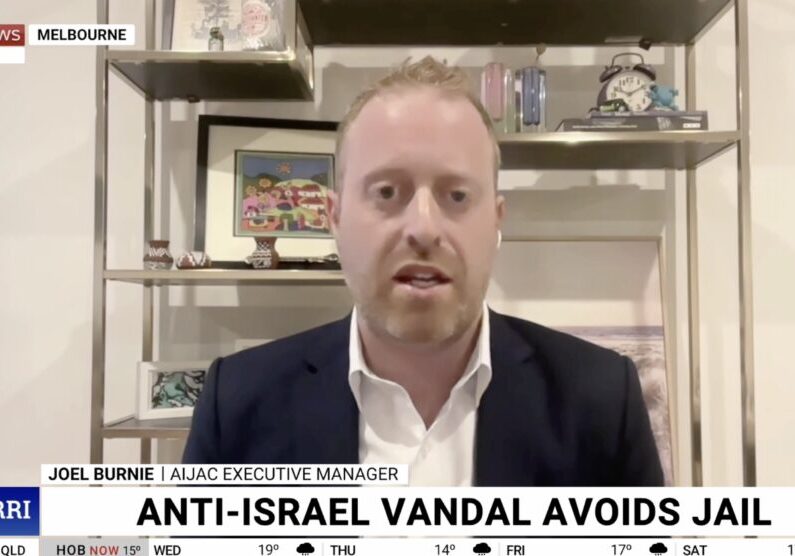
Sentencing for antisemitic vandalism “manifestly inadequate”: Joel Burnie on Sky News
